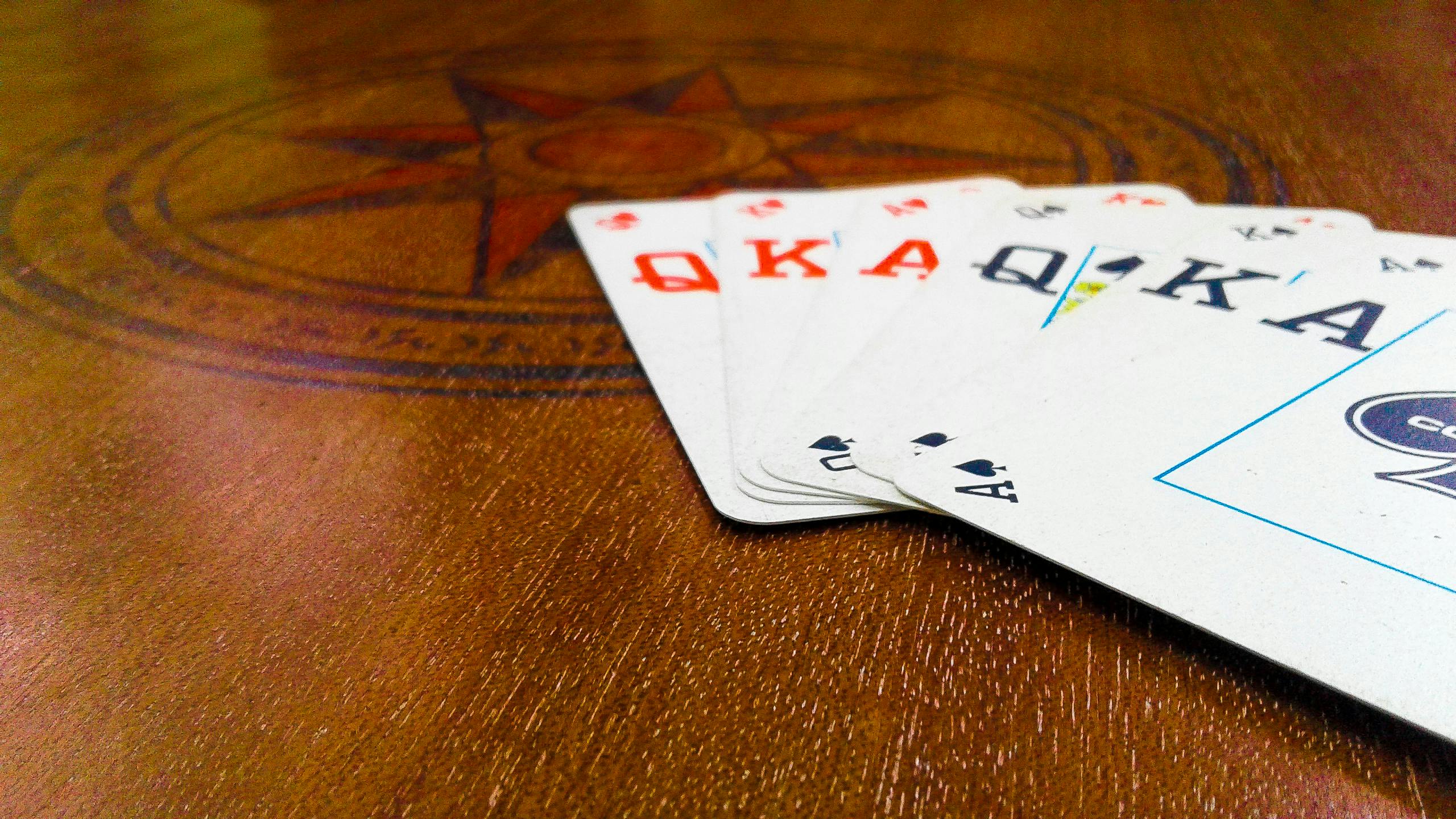Embarking on the journey of playing Blackjack can be exhilarating for beginners, offering not just entertainment but a chance to sharpen strategic thinking and potentially win. This guide is tailored to introduce you to the basics of Blackjack, ensuring you start on the right foot. Your success at the table may not be guaranteed, but understanding these fundamentals will significantly enhance your gaming experience and odds of winning.
Understanding the Objective of Blackjack
The primary goal in Blackjack is straightforward: beat the dealer’s hand without your hand total exceeding 21. Sounds simple, but the game’s strategic depth lies in the decisions made during play. To ace this, familiarize yourself with the key components of the game:
- The Deck: Blackjack can be played with one or more standard decks of 52 cards. Casinos often use multiple decks to make card counting more difficult.
- The Value of Cards: Cards 2 through 10 are worth their face value. Kings, Queens, and Jacks are each worth 10, while Aces can be either 11 or 1, depending on what benefits the hand.
- The Basic Play: Each player, including the dealer, starts with two cards. Players then decide whether to ‘hit’ (take another card), ‘stand’ (keep their current cards), ‘double down’ (double the wager, take one more card, and stand), ‘split’ (if two cards are the same, divide into two hands) or ‘surrender’ (give up half the bet and end the round).
Strategies for Winning
To pivot from novice to savvy player, understanding and applying basic Blackjack strategy is key. While no strategy guarantees a win, they can improve your chances. Here’s a breakdown:
| Action | When to Perform |
|---|---|
| Hit | Your hand total is 11 or less. |
| Stand | Your hand total is 17 or more. |
| Double Down | You have a total of 10 or 11, especially if the dealer has a lower visible card. |
| Split | You have a pair of 8s or Aces. |
Bankroll Management
An overlooked yet crucial aspect of gambling is managing your bankroll. Set aside a specific amount of money you’re willing to lose beforehand. Stick to this budget and avoid chasing losses at all costs. Smart bankroll management can make the difference between a fleeting pastime and a rewarding challenge.
The House Edge and Payouts
Understanding the house edge—a statistical advantage the casino has over players—is vital. In Blackjack, this edge varies but is generally low with optimal play. Additionally, typical payouts for winning with a blackjack (an Ace and a 10-value card) are 3 to 2, enhancing the game’s appeal.
Conclusion
Blackjack melds simplicity with complexity, offering a rich tapestry for players to explore. By grasping the basics laid out in this beginner’s guide, embracing strategy, and practicing responsible gaming, you’re setting the stage for an enriching and potentially profitable Blackjack journey. Remember, the aim is not just to win, but to enjoy every deal and decision along the way.

















